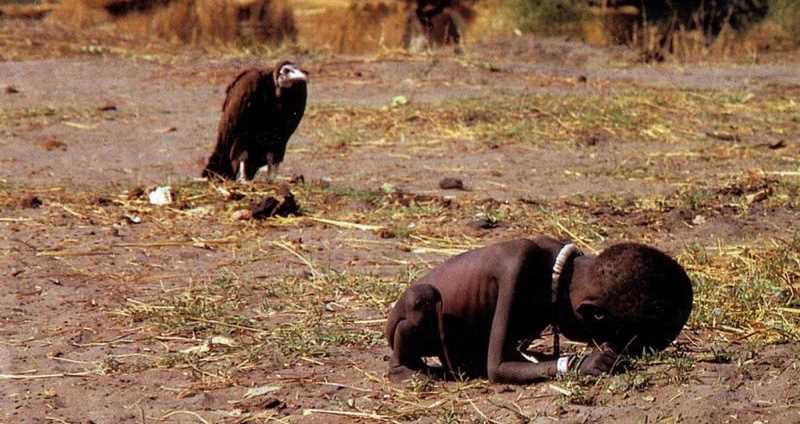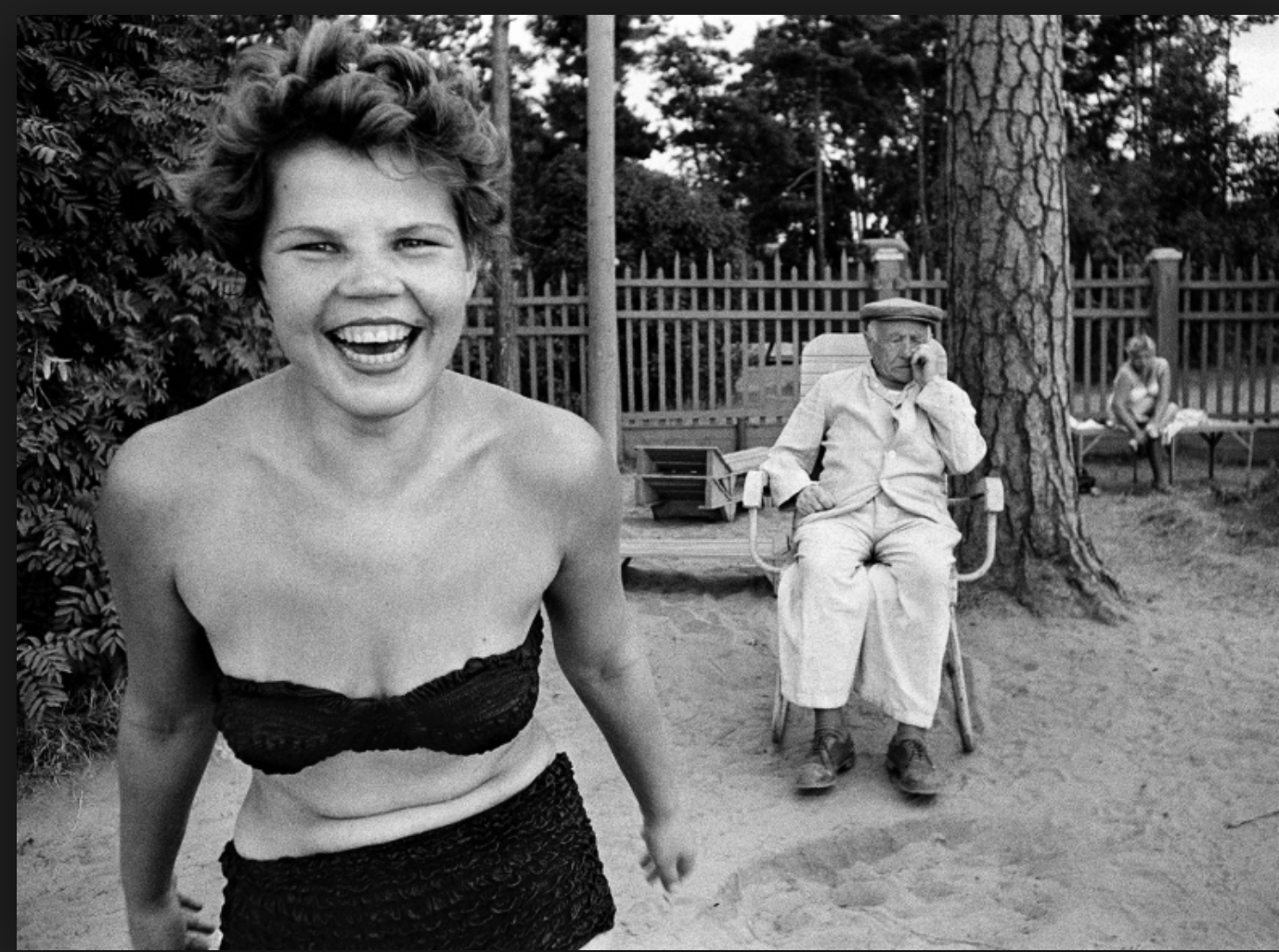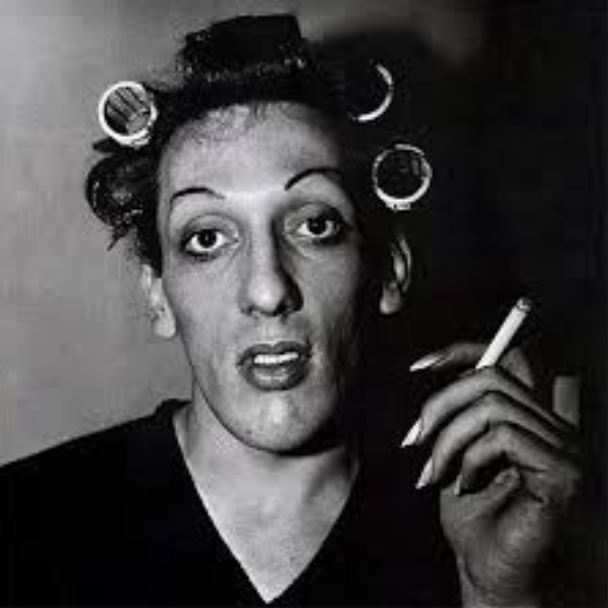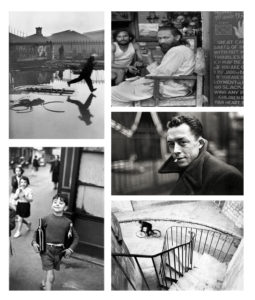COURSE OVERVIEW

ASSESSMENT OBJECTIVES
-
Develop ideas through sustained and focused investigations informed by contextual and other sources, demonstrating analytical and critical understanding.
-
Explore and select appropriate resources, media, materials, techniques and processes, reviewing and refining ideas as work develops.
-
Record ideas, observations and insights relevant to intentions, reflecting critically on work and progress.
-
Present a personal and meaningful response that realises intentions and, where appropriate, makes connections between visual and other elements.

TASTER LESSON: CONTEMPORARY PORTRAITS MINI-PROJECT
Learning Objectives: To develop knowledge and understanding of environmental portraiture. To explore and analyse the work of a photographer specialising in the genre. To create a meaningful response and evaluate progress.
“All photographs are memento mori.
To take a photograph is to participate
in another person’s (or thing’s)
mortality, vulnerability, mutability.
Precisely by slicing out this moment
and freezing it, all photographs
testify to time’s relentless melt.”
Susan Sontag
RESEARCH What is Environmental Portraiture?
Portraiture is by far the most popular of all photographic subjects. Portraiture allows for far more freedom than other forms of photography, simply because the subject can be moved around and posed with ease. Much of the composition can therefore be controlled by instruction – rather than just by viewpoint.
An environmental portrait is a portrait executed in the subject’s usual environment, such as in their home or workplace, and typically illuminates the subject’s life and surroundings. The subject often knows he/she is being photographed but a lot more emphasis is placed on location.
E.g.

August Sander

Arnold Newman

Dorothea Lange

Michelle Sank

Anthony Kurtz
What impact could photographing the subject in their usual environment have on the viewer?
ANALYSE Artist Reference
Who is Anthony Kurtz?

Anthony Kurtz is an award-winning, commercial, editorial and “art-documentary” photographer based in Berlin (formerly San Francisco). He specialises in environmental portraiture and strives to create beautiful and unexpected photographs of people and the spaces they occupy. Combining both natural light and studio strobes, Anthony sculpts light to create a mood, an atmosphere, a photograph that tells and story and, hopefully, sparks curiosity in the viewer.




ANALYSE Image Analysis
Apply a technical / visual / contextual / conceptual analysis to the below image – a photograph by Anthony Kurtz, taken from his series ‘No Man’s Job’, Senegal Africa, 2013.

The Guardian (2013) Big Picture: No Man's Job - female mechanics in Senegal by Anthony Kurtz https://www.theguardian.com/artanddesign/gallery/2013/apr/05/photography https://anthonykurtz.com/
Things to consider with environmental portraits…
Technical = lighting / exposure / lens / shutter speed
Visual = composition / framing / viewpoint / angle / eye contact / engagement with the camera / facial expression
Contextual = background / story / character(s) / connection to the photographer / social or political context?
Conceptual = meaning / idea behind the work / social documentary? / class? / gender role? / lifestyle?

PLAN Your Photo Assignment
Organise your shoot and discuss your ideas.
- Model(s)
- Location
- Lighting
- Camera Settings
- Context
- Concept
RECORD Create a Meaningful Response
Take 10-20 photographs each that show your understanding of environmental portraiture in the style of Anthony Kurtz.
Use the school as your setting, and students / each other as your characters / models.
Think carefully about specific setting, facial expression, pose, lighting, and composition.
EXPLORE Experiment and Review
Explore the camera settings and demonstrate camera skills.
Review your images (in camera).
EVALUATE & PRESENT Select Final Images
In your group, select one final image to present to the class.
Evaluate your image using the analysis model (technical/visual/contextual/conceptual).
Reflect.
- What went well?
- Would you do anything different next time?
- How might you experiment further with your photographs – camera skills / photo editing skills (Photoshop)?

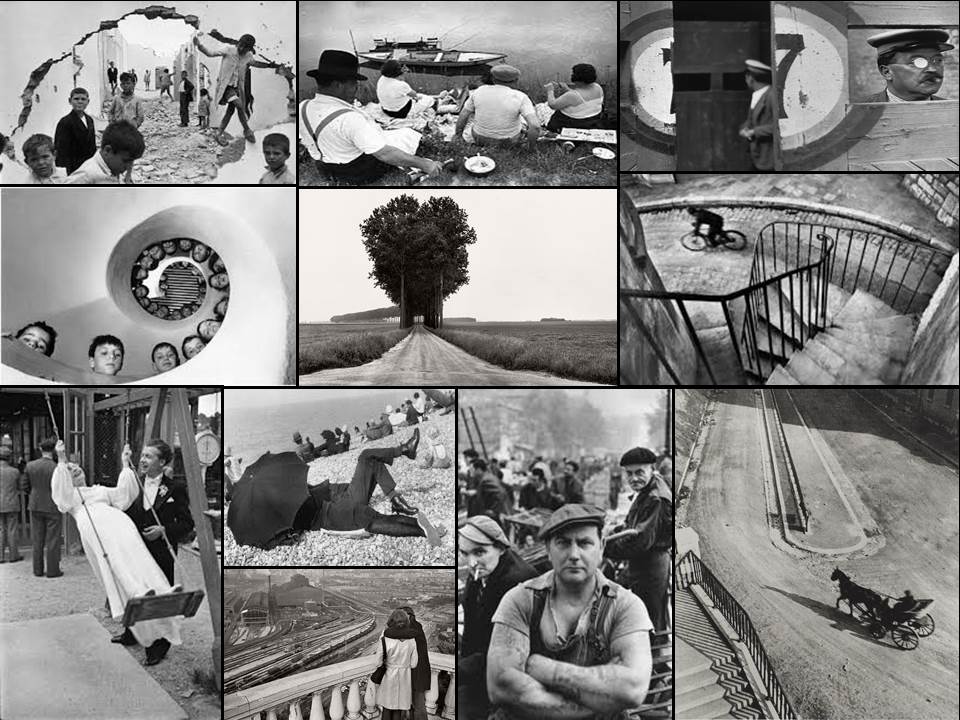
 From this selection of a few of his images, I found that my eye was drawn to the picture of the wall crumbled in.
From this selection of a few of his images, I found that my eye was drawn to the picture of the wall crumbled in.
 The contrast between the subjects within and the white crumbling wall, which in a way frames the image, allows the photograph to really define the faces of the individual children. From this it allows us to see the different expressions of each child, some seem to be captivated by this photographer taking the picture, whilst others are completely oblivious to it. Allowing the photographer to capture the playfulness but also the curiosity that is seen within each child. The fact that some of the children are playing on rubble, shows how that even in the worst scenarios, kids always make the best out of what they have, showing that innocence within.
The contrast between the subjects within and the white crumbling wall, which in a way frames the image, allows the photograph to really define the faces of the individual children. From this it allows us to see the different expressions of each child, some seem to be captivated by this photographer taking the picture, whilst others are completely oblivious to it. Allowing the photographer to capture the playfulness but also the curiosity that is seen within each child. The fact that some of the children are playing on rubble, shows how that even in the worst scenarios, kids always make the best out of what they have, showing that innocence within.
